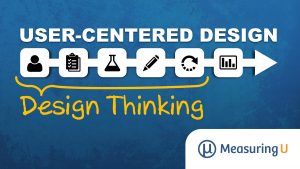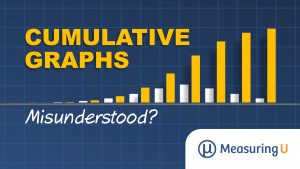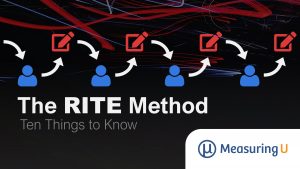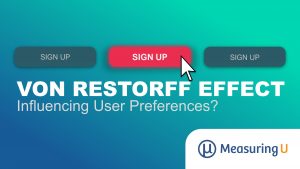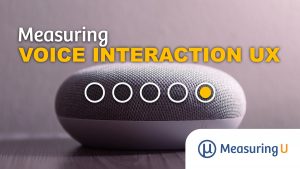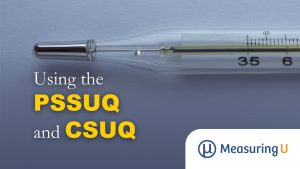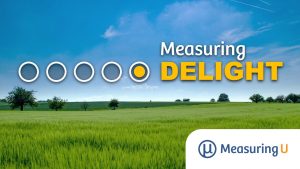
Leading Vs. Lagging Measures in UX
Driving down the road while only looking in the rearview mirror … that gives you a good idea of where you’ve been, but unless the road behind you is exactly like the one in front of you, you may run into some obstacles, to put it mildly. Safe and effective driving means looking forward and

